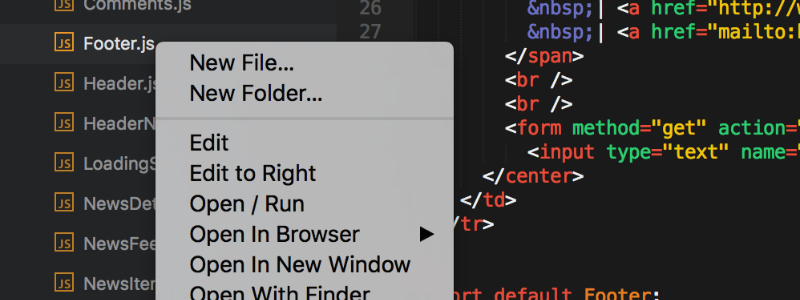
In iTerm2 > Preferences., under the tab General, uncheck Confirm closing multiple sessions and Confirm "Quit iTerm2 (Cmd+Q)" command under the section Closing. Let's just quickly change some preferences. You can now launch iTerm, through the Launchpad for instance. In Finder, drag and drop the iTerm Application file into the Applications folder.


Since we're going to be spending a lot of time in the command-line, let's install a better terminal than the default one.


I'm trying to keep it simple!įirst thing you need to do, on any OS actually, is update the system! For that: Apple Icon > About This Mac then Software Update. This guide was originally written for some friends getting started with programming on a Mac, and as a personal reference for myself. The steps below were tested on macOS High Sierra (10.13), but should work for more recent versions as well.Ĭontributing: If you find any mistakes in the steps described below, or if any of the commands are outdated, do let me know! For any other suggestions, please understand if I don't include everything. The document assumes you are new to Mac, but can also be useful if you are reinstalling a system and need some reminder. You may not need all of them for your projects, although I recommend having them set up as they always come in handy. We will set up popular programming languages (for example Node (JavaScript), Python, and Ruby). This document describes how I set up my developer environment on a new MacBook or iMac.


 0 kommentar(er)
0 kommentar(er)
